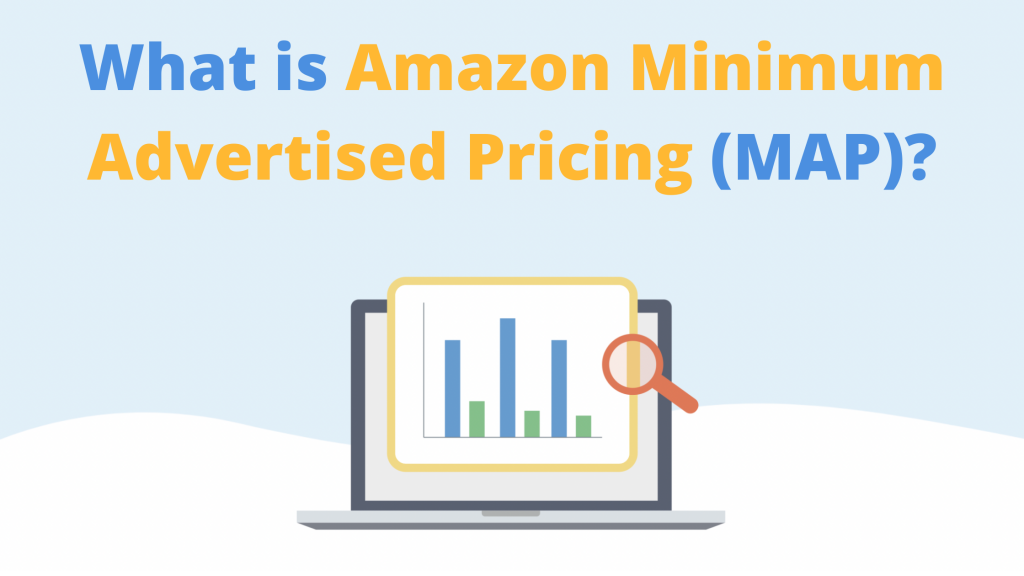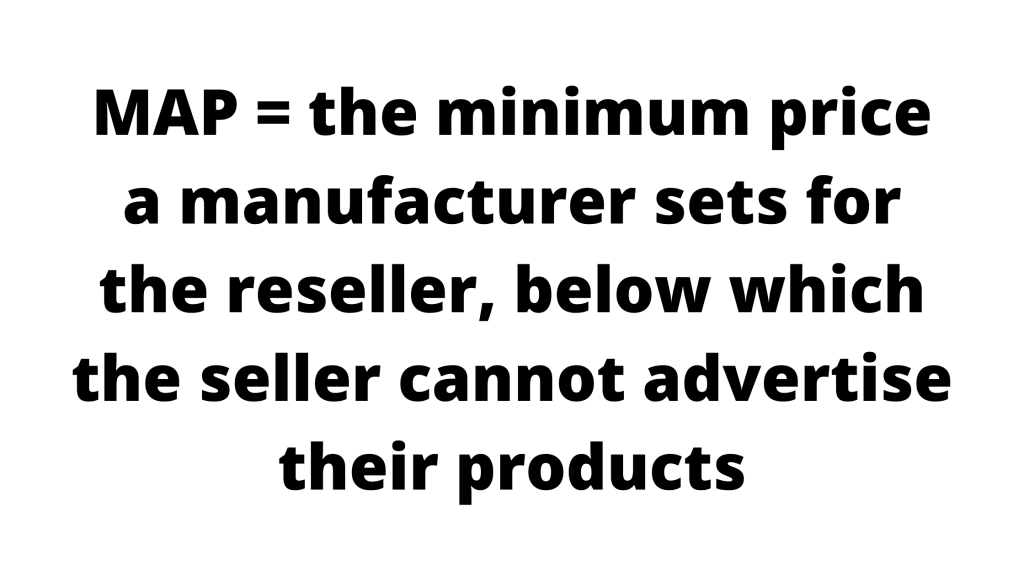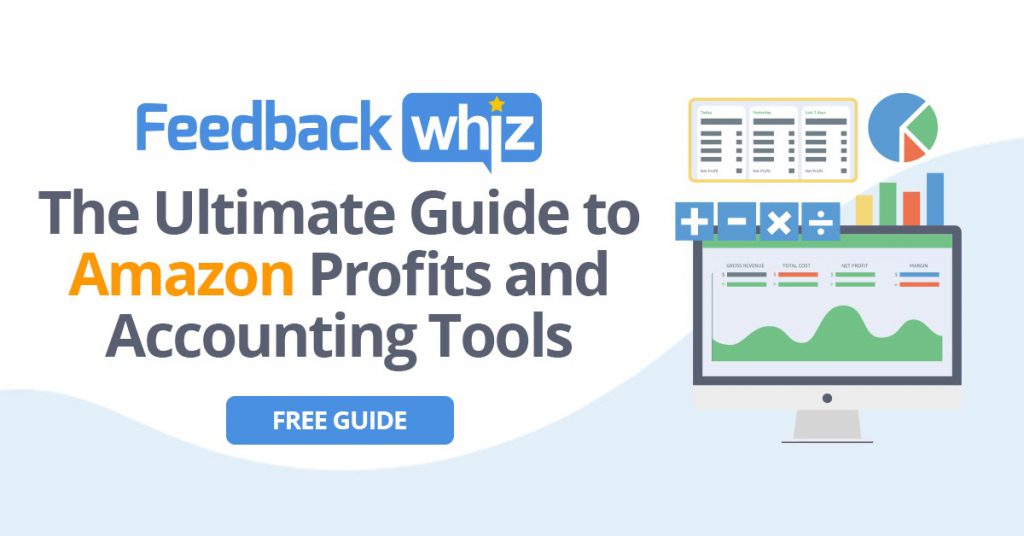
If you’ve done any kind of selling through Amazon (or any other marketplace), chances are you know about MAP – minimum advertised pricing. But there can be more to this regulation than meets the eye, so we’ve compiled a quick breakdown for your convenience.
What exactly is MAP?
MAP = Minimum Advertised Price
In layman’s terms, minimum advertised pricing (MAP) is the minimum price a manufacturer sets for the reseller, below which the seller cannot advertise their products. It is federally mandated and is always set by the manufacturer. However, it does not demand that it be sold at that lowest price — just that it be advertised no lower than such. Knowing that is key to successful operations in the Amazon Marketplace.
Up to 92% of online shoppers compare prices, so the topic of MAP is one of importance. Whether you’re a brand-new Amazon seller or a retail veteran, it’s essential to know what MAP is and what it isn’t. Along with the product listing, stock count, price, tax, and so on, this essential policy is critical to keep current. If you don’t, it can negatively affect your shop as a seller or your brand as a distributor.

How does MAP work?
An example of MAP pricing on Amazon is when a company sets a price of $27 for its best-selling lasagna pan, then any reseller (including Amazon) is obligated to advertise the cost of that pan for $27 or more. If the reseller opted to promote that lasagna pan at a discounted price of $20, they would be in direct violation of the MAP agreement.
MAP policies can be a confusing topic replete with both math and other complexities. Luckily, there are ways to keep competitive and stay ahead of the game so that you can sell your products without worry.
Typically, you can calculate MAP by reducing the most up-to-date published (or established) Manufacturer Suggested Retail Price (MSRP) by 20%. Continuing with the lasagna pan company example, let’s say their top-selling lasagna pan has an MSRP of $40. That would make the MAP $32 ($40 x 20% = $8; $40 – $8 = $32). Keep in mind that this is just a generality, and each distributor may have a unique formula for setting their MAP.
Consistent pricing protects the brand’s intellectual property and sends a clear message to buyers about the product’s (and the reseller’s) value.
Related: What does Average Unit Retail (AUR) mean and why does it matter?
Benefits for Distributors
There are several benefits to enforcing MAP pricing as a distributor:
- No competition from unauthorized bottom feeder sellers.
When resellers are all under the MAP mandates, there won’t be one or two competitors who undercut the rest to draw the most sales.
- It prevents price erosion.
Price erosion occurs when a seller is forced to lower their price to compete with unauthorized sellers who are NOT adhering to their distributors’ MAP.
- It helps establish stronger connections with your distributors.
Developing and maintaining relationships with authorized sellers is vital to maintaining a successful partnership. As a distributor, sellers who adhere to your MAP are shown as trustworthy, often making you want to continue using them as resellers. As an authorized seller, maintaining MAP will show distributors you’re reliable. As a result, distributors are more likely to keep their partnership with you and perhaps give you first dibs at selling new products.
- It evens out the playing field
Both the little guys and the big box stores can compete in the same playing field when compliant with a distributor’s MAP. Thus, fair business competition is promoted by MAP.
- It protects the product’s value
MAP strictures prevent products from being advertised at varying prices across different marketplaces.
It’s important to re-emphasize that the goal of MAP is not to control the actual selling price of the products but what they are ADVERTISED for. Thus, Amazon brands can sell the product below the minimum advertised price if the announced pricing is at or above the MAP in private conversations or negotiations with customers.
Consequences of MAP Violations
- It can make your products lose value
If left unchecked, MAP violations can potentially lessen the value of a product in their customers’ eyes. For example, customers will automatically think the product must be worth that price if a reseller is regularly advertising (and selling) for less than the MAP, which is inaccurate.
- It can tarnish your business connections
MAP violation will tarnish the relationship between sellers and distributors if compliance is not enforced or sellers try to get around it, resulting in fewer products to sell and less money to be made.
- It can sever your relationship altogether
Some third-party sellers try to capture the Amazon buy box by pricing their product on the distribution channels well below the minimum advertised price (MAP). However, that can backfire because if the distributor regularly monitors products and listings and finds out, they can terminate the contract and prevent the retailer from selling their products again.
6 Tips for Distributors to Optimize Minimum Advertised Pricing
1) Keep up with your sellers.
Set up a system to track and monitor sellers to ensure they are complying with your MAP regulation. Make yourself available for them to contact you with any questions or concerns.
2) Create serial numbers for your products to track products and target violators.
For those sellers selling below MAP, if you’ve assigned each of your products a serial number, you can order a product from the alleged violator and check the serial number with shipments that have already been sent out.
3) Create a MAP policy customized to your company’s needs.
Not all companies are created equal. When forming your company’s MAP policy, consider its goals and ensure that it aligns with its needs. It may even be a good idea to run your MAP by an attorney before implementing it.
4) Make sure your MAP policy is understandable.
It’s probably not a good idea to add a bunch of business jargon that will make your retailers fall asleep before they get to the second paragraph. However, ensuring that your MAP policy is user-friendly, upfront, and clear about your guidelines will help keep your relationships with the sellers in great shape. Here’s an example.
5) Treat all resellers the same.
Be consistent with your retailers. Let them know that it is in their best interests to adhere to your policy. Not only does it keep the margins healthy, but it helps raise their credibility. If you encounter unauthorized resellers, use the proper channels to ask them to stop distributing your products.
6) Enforce your MAP policy.
Unfortunately, Amazon opts to stay out of it and does not enforce its distributors’ MAP policies. That means it’s up to you to keep on top of your MAP enforcement on Amazon. It may be challenging and time-consuming, but it will bring the greatest reward in the long run. Additionally, there is now software available that assists with monitoring and enforcing MAP pricing.
Conclusion
Being a distributor or Amazon seller can be highly rewarding, with opportunities to grow as a business and brand. It’s important, though, to adhere to the regulations, including MAP enforcement, to ensure that your business is as successful as possible. For even more tips and information about minimum advertised pricing policies, click here.
This is a guest post by our friends at Payability.
Payability is the leading funding platform for eCommerce businesses, providing much-needed growth capital to thousands of seller-entrepreneurs based on their marketplaces sales. Get approved fast, access your money, and grow your eCommerce business. Contact Payability to learn more.





0 Comments